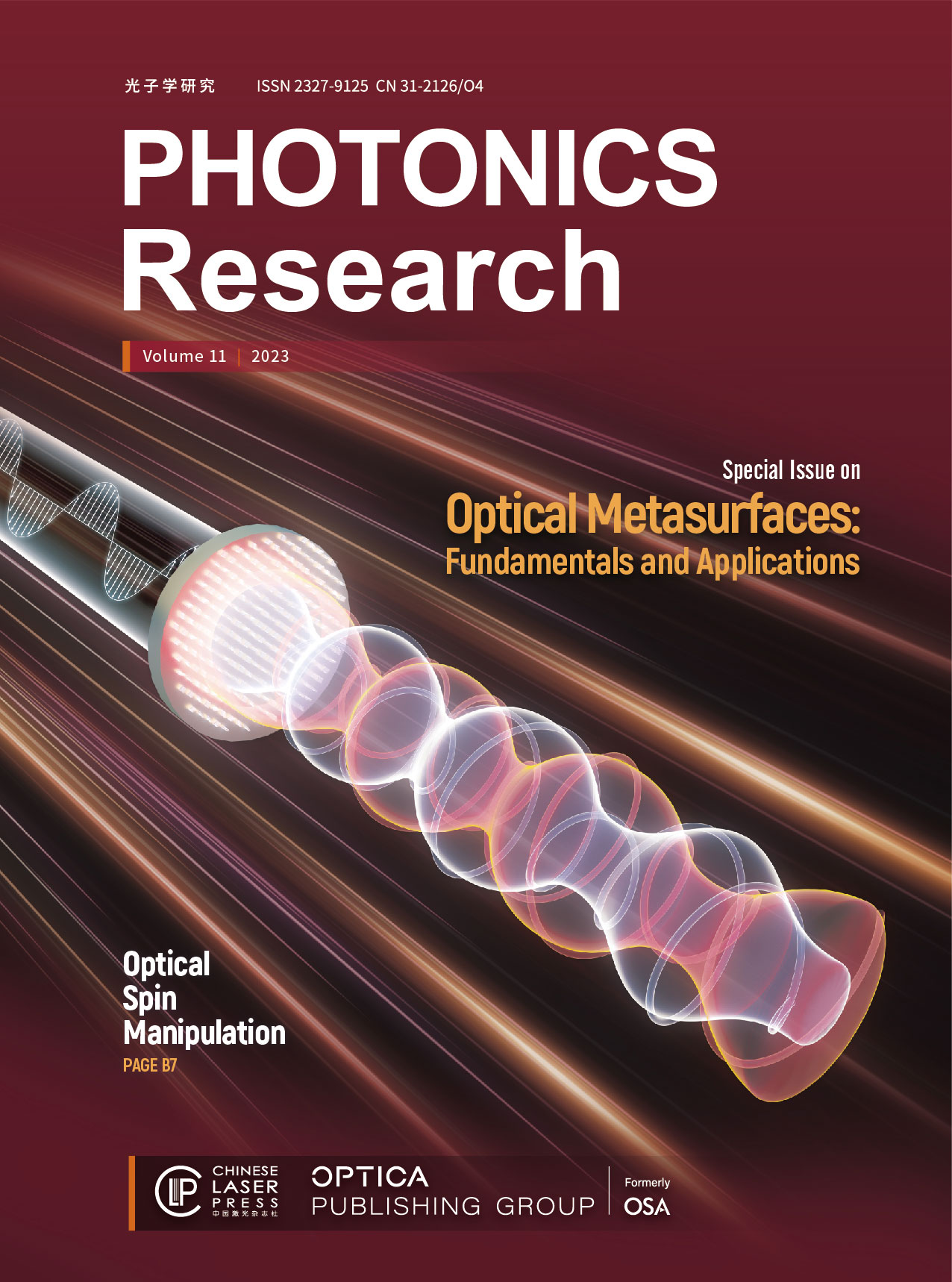为基于可变形镜的远程聚焦进行像差校正,实现高精度全细胞超分辨率成像
IF 7.2
1区 物理与天体物理
Q1 OPTICS
引用次数: 0
摘要
单分子定位显微镜(SMLM)可对生物样品中的纳米级结构进行三维(3D)研究,为了解生物样品的组织结构提供独特的视角。然而,使用高数值孔径(NA)物镜的传统三维超分辨显微镜受到成像景深(DOF)的限制,其实际应用仅限于相对较薄的生物样品。在这里,我们利用可变形镜(DM)为厚样本超分辨成像开发了一种统一的解决方案,可用于快速远程聚焦、优化点扩散函数(PSF)工程和精确像差校正。通过有效校正远程聚焦过程中引入的系统像差和不同成像深度的样本像差,我们实现了整个细胞器(即核孔复合体(NPC)、微管和线粒体)的高精度、大 DOF 成像(∼8 μm∼8 μm),整个细胞体积的分辨率几乎一致,约为 35 nm。本文章由计算机程序翻译,如有差异,请以英文原文为准。
Aberration correction for deformable-mirror-based remote focusing enables high-accuracy whole-cell super-resolution imaging
Single-molecule localization microscopy (SMLM) enables three-dimensional (3D) investigation of nanoscale structures in biological samples, offering unique insights into their organization. However, traditional 3D super-resolution microscopy using high numerical aperture (NA) objectives is limited by imaging depth of field (DOF), restricting their practical application to relatively thin biological samples. Here, we developed a unified solution for thick sample super-resolution imaging using a deformable mirror (DM) which served for fast remote focusing, optimized point spread function (PSF) engineering, and accurate aberration correction. By effectively correcting the system aberrations introduced during remote focusing and sample aberrations at different imaging depths, we achieved high-accuracy, large DOF imaging (∼8 μm) of the whole-cell organelles [i.e., nuclear pore complex (NPC), microtubules, and mitochondria] with a nearly uniform resolution of approximately 35 nm across the entire cellular volume.
求助全文
通过发布文献求助,成功后即可免费获取论文全文。
去求助
来源期刊

Photonics Research
OPTICS-
CiteScore
13.60
自引率
5.30%
发文量
1325
期刊介绍:
Photonics Research is a joint publishing effort of the OSA and Chinese Laser Press.It publishes fundamental and applied research progress in optics and photonics. Topics include, but are not limited to, lasers, LEDs and other light sources; fiber optics and optical communications; imaging, detectors and sensors; novel materials and engineered structures; optical data storage and displays; plasmonics; quantum optics; diffractive optics and guided optics; medical optics and biophotonics; ultraviolet and x-rays; terahertz technology.
 求助内容:
求助内容: 应助结果提醒方式:
应助结果提醒方式:


